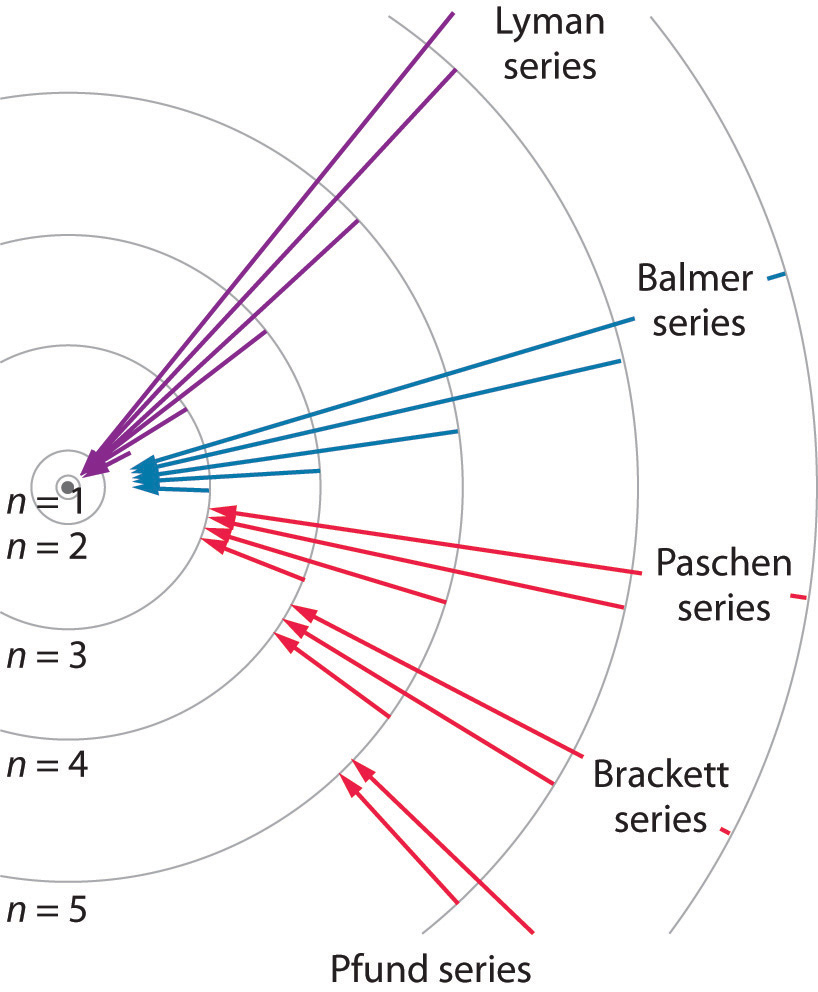Question #38800
1 Answer
Explanation:
Your starting point here will be the Rydberg equation, which relates the wavelength of the photon emitted when an electron in a hydrogen atom undergoes a
#1/(lamda) = R * (1/n_f^2 - 1/n_i^2)#
Here
#lamda# is the wavelength of the photon#R# is the Rydberg constant, equal to#1.097 * 10^(7)# #"m"^(-1)# #n_i# is the initial energy level of the transition#n_f# is the final energy level of the transition
Now, notice that the problem wants you to determine the frequency of the photon, so use the fact that frequency and wavelength have an inverse relationship described by the equation
#lamda * nu = c#
to express the wavelength of the photon in terms of
You will have
#lamda * nu = c implies lamda = c/(nu)#
Plug this into the Rydberg equation to get
#1/(c/(nu)) = R * (1/n_f^2 - 1/n_i^2)#
This will be equivalent to
#nu/c = R * (1/n_f^2 - 1/n_i^2)#
Rearrange to isolate
#nu = c * R * (1/n_f^2 - 1/n_i^2)#
and plug in your values to find the frequency of the emitted photon
#nu = 3 * 10^8 color(red)(cancel(color(black)("m"))) "s"^(-1) * 1.097 * 10^7 color(red)(cancel(color(black)("m"^(-1)))) * (1/4^2 - 1/5^2)#
#nu = 3.291 * 10^(15) * (25 - 16)/(25 * 16)# #"s"^(-1)#
You should end up with
#nu = color(darkgreen)(ul(color(black)(7.4 * 10^(13) color(white)(.)"s"^(-1))))#
This


